Find the Right Size Lamp for your Bedside Table
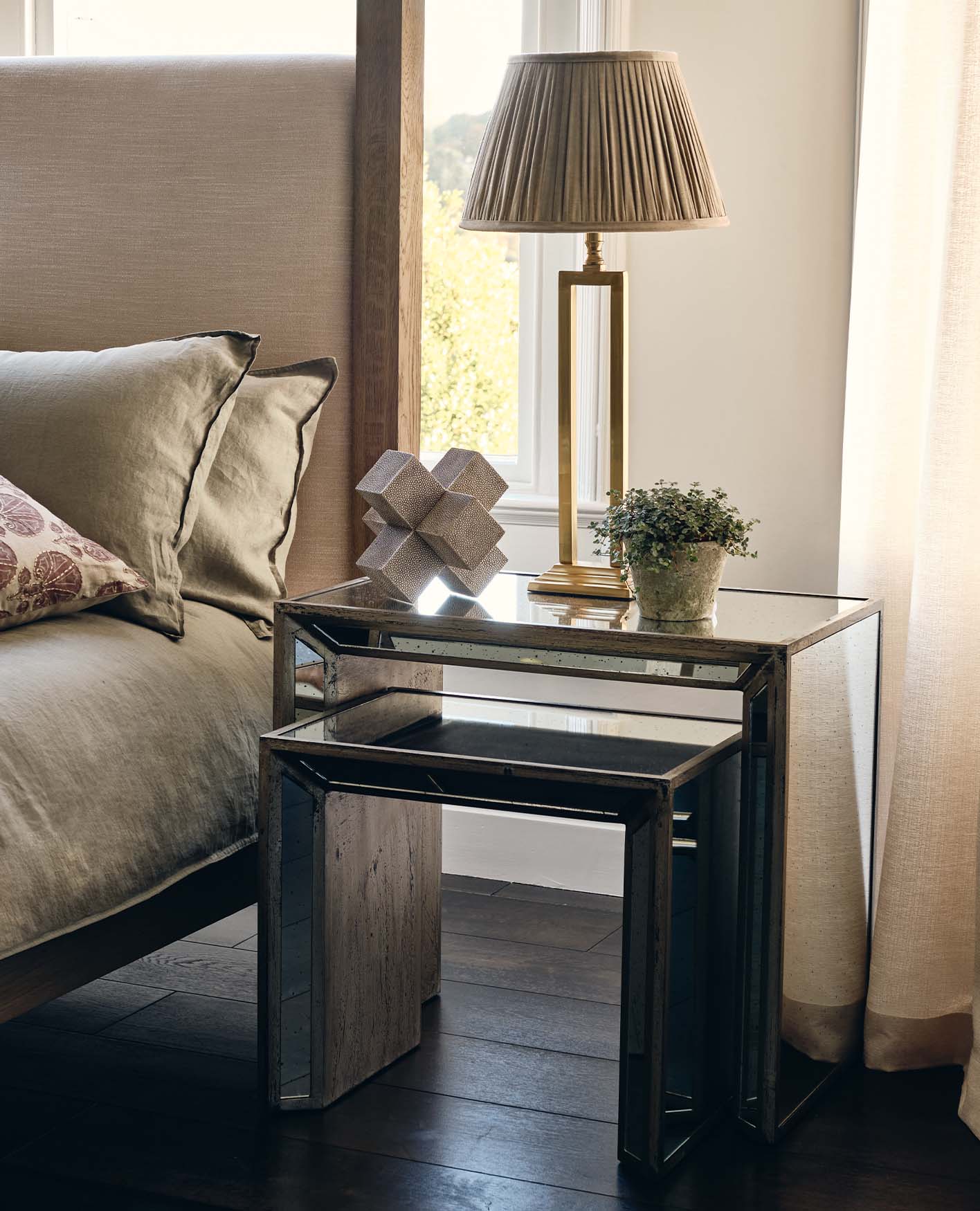
There’s nothing quite like snuggling into your bedroom—gently lit by the ambient glow of a table lamp—only to reach over to switch the light off, knock the oversized lampshade, and send the entire contents of your nightstand tumbling to the floor. It’s hardly a relaxing way to ease into a good night’s sleep, which really serves to underline the importance of finding the right lamp for your nightstand. Is it so difficult to find a lamp that’s large enough to throw good light to read by, but not so sizeable that it towers over the bed and takes up all the available space on top of your bedside storage, at the same time as looking good? When we think of it like that, it can sound a little overwhelming, so we consulted lighting specialist Sally Storey, Creative Director at John Cullen, to find out what to watch out for when choosing bedside lighting that’s a good fit for your space and style.
What size should a bedside lamp be?
This is a reasonable starting point. To decide, think about whether you would like your bedside lamp to make a statement or blend seamlessly into the background. Another point is how much other light is in the room? Both of these things will impact the amount of work a table lamp needs to do to cast light, and consequently what size it needs to be. To simplify, “the size of the lamp really depends on the size of the room,” Storey explains. “The larger the room, the larger the lamp you can select.”
As a general rule, your bedside table should be one-third of the width of your mattress. To fit with this scale, your lamp’s widest point should then be one-third of the width of your bedside table. If that boggles your mind then a more visual thought process might help you: a large bedroom with a king-size bed at its heart will work with a statement table lamp—perhaps a style with an oversized, detailed base or something with a big decorative shade. On the other hand, a more petite room with limited space looks good with tall lamps or more slender, streamlined bases that have smaller footprints. If your room is too compact even for bedside storage, floor lamps or bedside sconces are worth considering as forms of accent lighting.




What height should a bedside lamp be?
Once you have a sense of whether you’re working with a wide lamp or a pillar lamp, the next step is to make sure your lighting is the right height—you don’t want your reading lamp to glare in your eyes or cast shadows on your book. If your bedside table is the same height as the top of your mattress, ideally your bedside lamp will be the same height again (for a standard bed height, that’s around 18–36 inches).
“The key is the level of the shade,” Storey tells us. “Too low and you’ll be falling out of bed to read, too high and you’ll get glare from the light source.” The trick, she says, is for the shade to be roughly shoulder height when you’re in bed; this should throw out optimum light for reading.
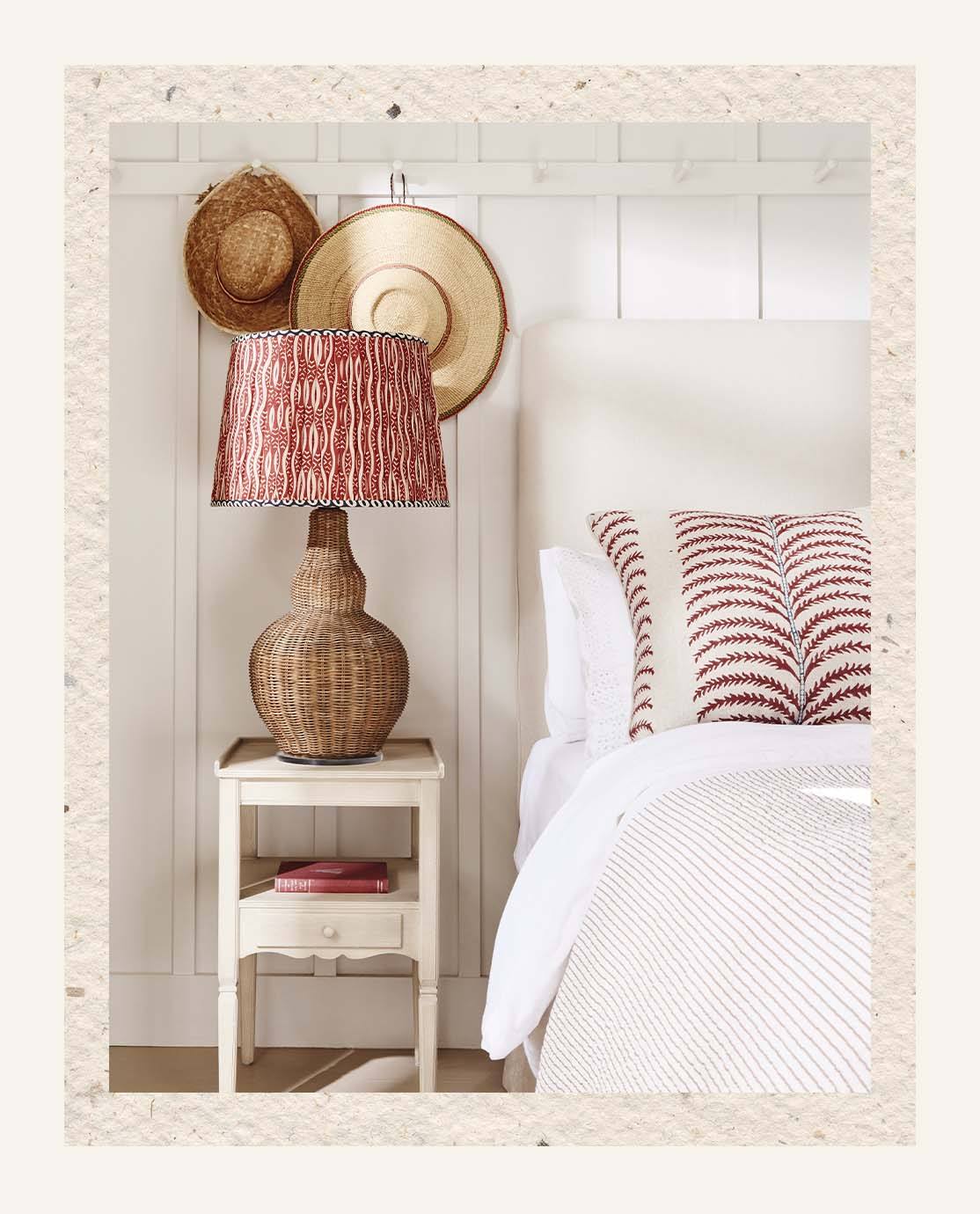

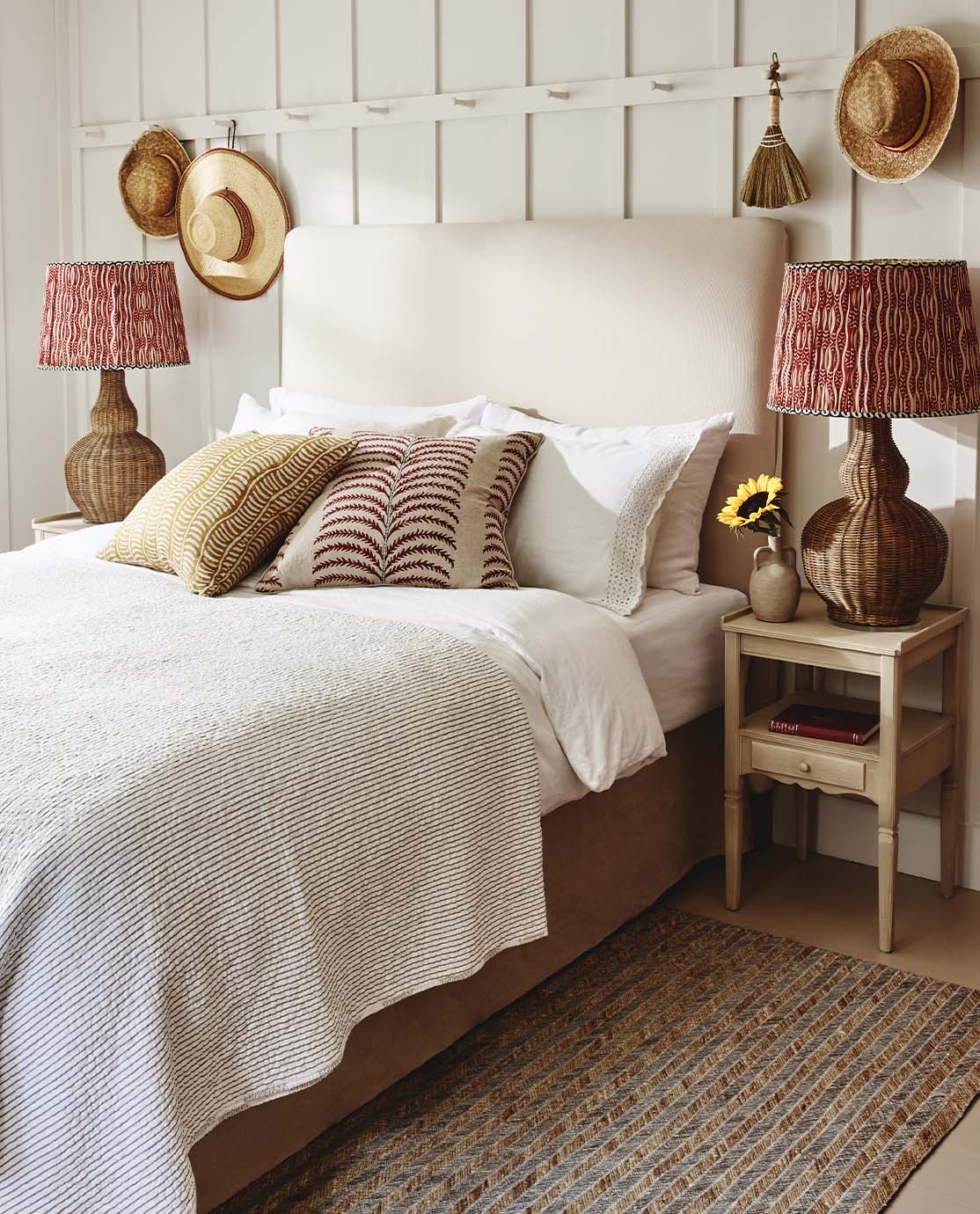

How many bedside lamps do you need?
It may sound like a silly question, but not every bedroom has space for a symmetrical set-up. Equally, a child’s room with a twin-size bed has no real need for two nightstands. Due to this, different rooms will have different demands. However, in a typical main bedroom where space isn’t an issue, it’s good to have a mix of task, ambient and accent lighting. Storey suggests using a layered system that doesn’t rely solely on bedside lamps: “One lamp on either side of the bed, one on a dressing table and maybe a standard reading light by a chair is ideal,” she says.
Matching lamps placed on either side of a bed will not only create a sense of symmetry, but also enable you and your partner to control the lighting as each of you wishes. For smaller bedrooms with only one nightstand, a single lamp can still bring a stylish note, especially if you choose one with a striking design. Interesting patterns, unusual shapes and tactile materials will all help create an eclectic, layered effect.
Whatever set-up you opt for, there’s one thing Storey is adamant about: “Make sure you can control your bedroom’s lighting with switches that are close to the bed, as well as by the door. You don’t want to have to get out of bed to turn your lights off.”
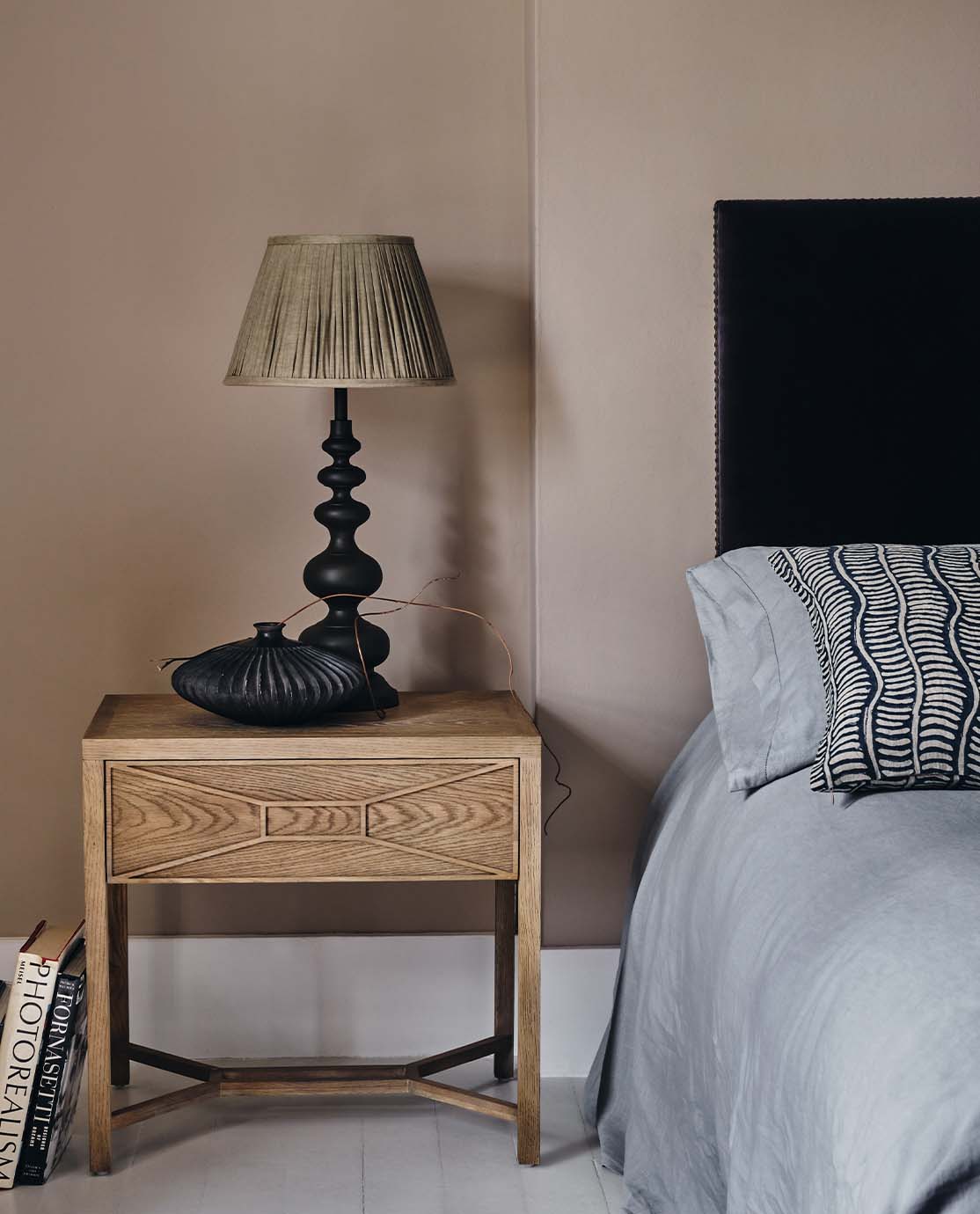

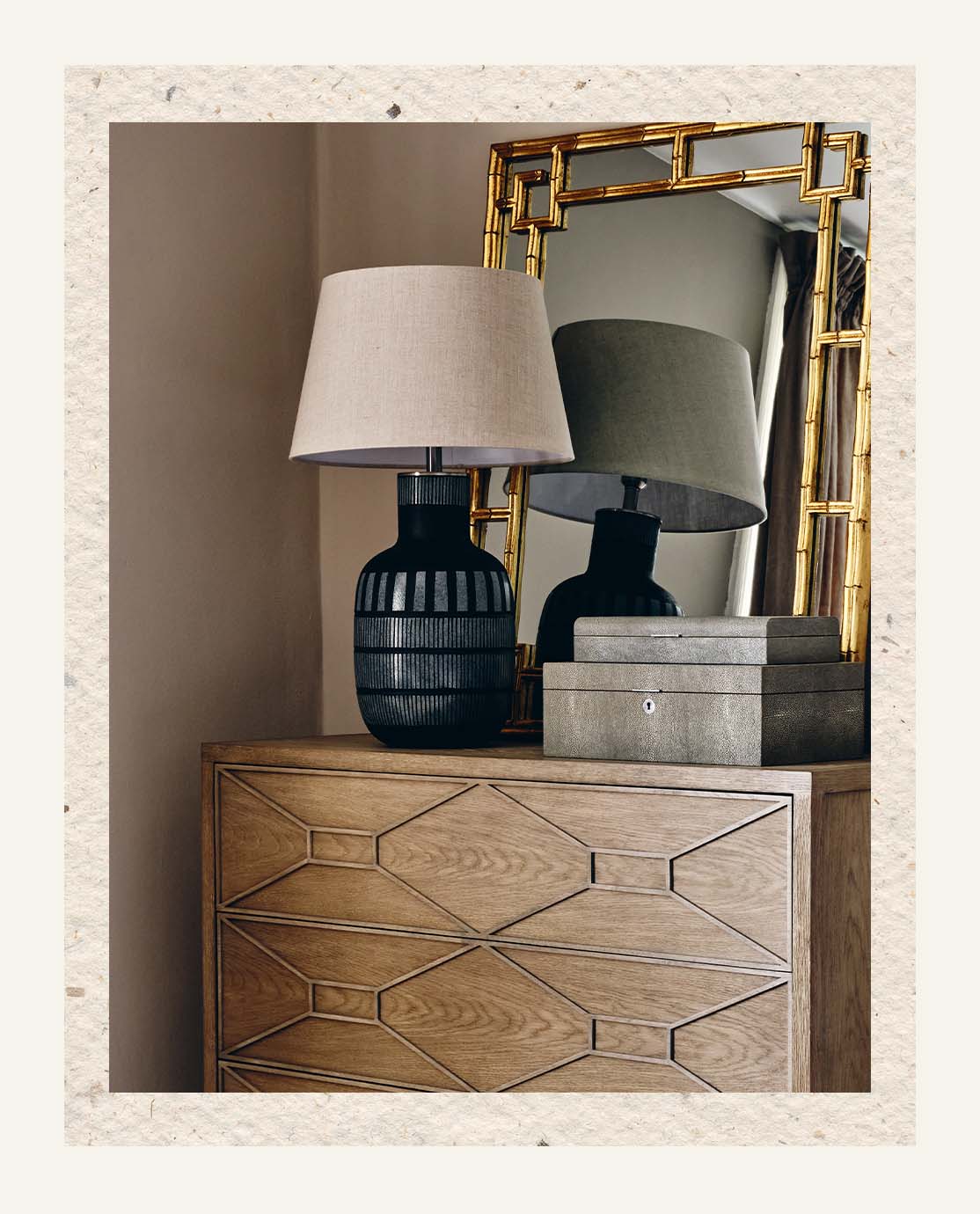

What are the best styles of bedside lamps?
The style of your lighting is also relevant, as certain shapes and designs simply look better than others in particular homes. “Depending on the interior, I tend to choose more classic lamps in the countryside,” Storey tells us. “But in urban areas, I feel you can be a bit more modern with your choice.”
Brass or gold-finished lamps, for instance, contrast beautifully against a black wooden table, while a narrow metal table lamp will always look chic on a glass side table. Choosing a colorful table lamp with an unusual design will draw the eye, instantly adding a dash of character as well as brightening a dull corner. “I would always choose a lamp with a soft shade of silk or cotton,” adds Storey. “This creates a softer, more ambient light in the room.”
One little-considered tip is to choose a lampshade that mirrors the shape of the lamp; bottle and urn-shaped lamps tend to work well with tapered shades, while square lamps look better with straight-sided shades that reinforce their geometry. Column lamps can handle both types of shade.


